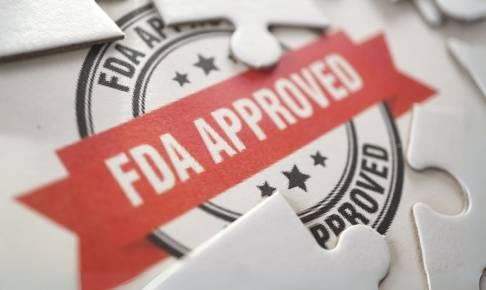Food safety risk communication in the digital age
Digital communication technologies have tremendous potential to facilitate effective risk communication about existing and emerging food safety threats. However, some caution regarding social exclusion and ethical issues is needed.
The need for effective risk benefit communication
Effective risk communication about food issues is important from the perspective of optimizing consumer protection associated with food consumption and increasing societal trust in those institutions responsible for assessing and managing (perceived) food risks (Frewer et al. 2016). It has been established that effective risk communication needs to integrate information about the characteristics and needs of the target population; the contents of the information; the characteristics of the information sources; communication timeliness; and societal concerns and priorities in relation to the issue in hand (Frewer et al. 2016). It is, at the same time, important to communicate the benefits of consuming specific foods and diets (Verbeke et al. 2008). The need for interactive communication with the public about food safety and quality issues has been recognized and is established in communications practice (FAO/WHO 2016). As well as protecting consumer health, effective risk and benefit communication about food issues will increase societal trust in those institutions responsible for assessing and managing (real and perceived) food risks and benefits. Effective risk communication is also needed in the broader context food security and food systems, including the need to promote sustainable and equitable production and consumption practices, and to enable feedback from consumers and citizens to shape primary production practices.
The need for effective risk-benefit communication is associated with a range of food security issues, including, among others, agri-food technology innovation, contamination of foods with chemical, microbiological, or physical hazards, or following an environmental crisis or catastrophe. Rapid public risk communication may be needed following the occurrence of a food crisis (e.g. should an emerging food safety threat or food authenticity problem arise) (Van Asselt et al. 2017). Negative impacts may not just relate to public or environmental health but relate to impacts on the economy and people’s livelihoods, and these also need to be addressed in communication (Konig et al. 2010). Effective communication will also be dependent on local cultural conditions, priorities and preferences, which need to be taken into account when developing both messages and strategies. Effective engagement with stakeholders and end-users will facilitate understanding both what, and how, to communicate food safety risks and inform about other food security issues. Engaging societal stakeholders, including citizens and stakeholders, will not only empower consumers to make heathy and sustainable food choices, but also ensure that mitigation strategies and policies align with societal preferences and priorities.
The potential of digital food safety risk communication
Technological advances and new communication tools and services have potential to provide powerful opportunities to engage and involve many stakeholders across different geographical locations in interactive dialogue. Traditional methods of consumer enga
Download content now





















